Homeowners have their choice between central air conditioners or ductless ACs (also known as mini-split systems). While central ACs have been the standard for decades, ductless ACs have several benefits to consider when choosing a system to install.
The top 5 benefits of installing a ductless AC include:
- Flexible temperature zoning
- Improved air quality
- Higher efficiency
- Lower operating costs
- Easy to install
Below, we’ll discuss each of the 5 benefits so you can determine if installing a ductless AC system is the best choice for your home. We’ll start with how a ductless AC works and how its functionality produces benefits for homeowners.
Want to learn more about ductless air conditioners and their installation process?
Reliable Air’s team of experienced HVAC technicians can help you decide whether to install a ductless AC. First, we’ll review your home’s cooling needs and budget. Then, we’ll help point you in the right direction regarding which ductless AC option to choose. Schedule an appointment with a click of a button or call us at (512) 580-8837.
How Do Ductless ACs Work?
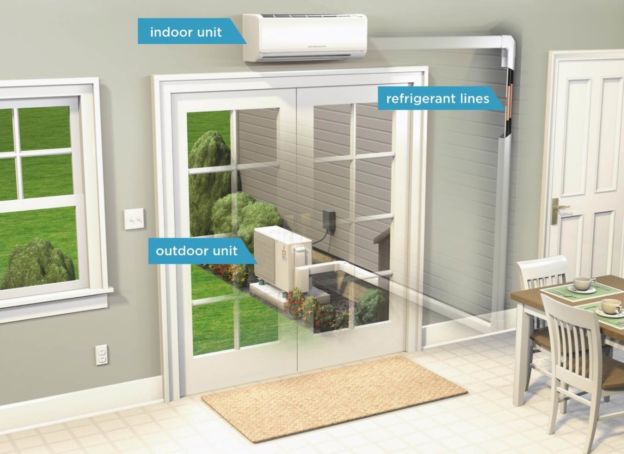
Ductless air conditioners work almost identically to a central AC. Like its counterpart, ductless ACs strip heat and moisture from indoor air by using an outdoor unit, indoor unit, and refrigerant lines.
However, the primary difference is that ductless ACs do not need ductwork and can directly push cool, dehumidified air into a room. Meanwhile, central ACs require ducts in order to circulate the cooled air throughout your home.
Because ductless ACs don’t need ductwork for installation or operation, homeowners can enjoy the following 5 major benefits.
Flexible Temperature Zoning
Ductless ACs directly push cooled air into rooms, which means they need an indoor unit in every room you want to be cooled. Unlike a central AC with only 1 indoor unit and 1 outdoor unit to cool your entire home, a ductless AC can have up to 7 indoor units per outdoor unit.
Multiple indoor units allow you to choose where to place them, including automatic temperature flexibility and zoning.
Don’t want to pay energy bills for your laundry room? Skip installing an indoor unit for it.
Don’t want your household members to battle it out over the thermostat? You can set different rooms at different temperatures with the zoning capabilities of a ductless AC. Your living room could be 78 degrees, and your office could be 75.
Zoning is possible with a central AC but requires installing several thermostats, additional infrastructure, a zoning panel, and potentially modifying your ductwork— all of which add up quickly in costs. Meanwhile, zoning is an automatic feature of a ductless AC and can eliminate any ongoing thermostat wars, which might single-handedly make installation worthwhile.
Improved Air Quality
When was the last time you cleaned your air ducts? If you can’t quite remember the most recent service, you’re stumbling onto another benefit of a ductless AC. No ducts to remember to clean or inspect for leaks!
When a central AC’s ductwork gets dirty or clogged, the debris in the ducts ends up circulating throughout your home. Extra contaminants in your air can reduce your indoor air quality and worsen your sleep quality or respiratory conditions.
Ductless ACs, on the other hand, offer multi-stage filtration and reduce the allergens, dust, and bacteria circulating in your home’s air.
Higher Efficiency
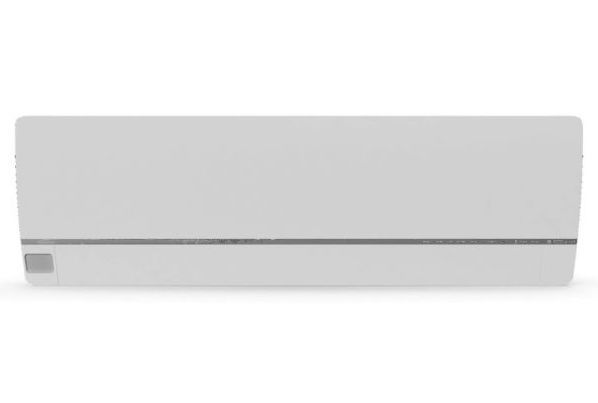
Homes with ductless ACs instead of central ACs are more efficient. Central ACs can lose up to 30% of their conditioned air via ductwork leaks, wasting your money. Ductless ACs don’t use ducts and can keep that additional 20-30% of cooled air within your home.
Beyond avoiding ductwork leaks, ductless ACs are more efficient because they have variable-speed compressors (also known as inverter-driven compressors).
What is a variable speed compressor, and why is it energy efficient?
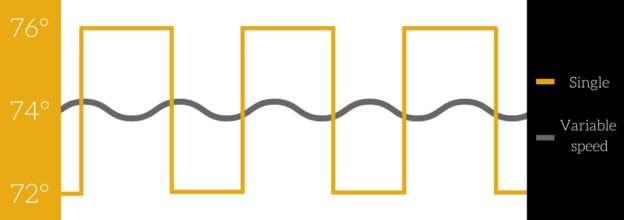
To determine the benefits of a variable speed compressor, let’s look at its opposite. A single-stage compressor in a central AC will run the air conditioner at full blast and then shut off once it reaches your desired thermostat setting. When the central AC needs to run again, it will shut off and restart, using a tremendous amount of energy to start each time.
A good analogy is to think about how much gas and battery power you would waste if you needed to shut off and restart your car every time you were in traffic.
Meanwhile, a variable speed compressor in ductless ACs can adjust its speed to accommodate your cooling needs. It can adjust temperature and run continuously without shutting off and starting again, saving you money.
Almost all ductless AC models have variable-speed compressors, as is the industry standard since the system's invention. Central air conditioners now come in two-stage and variable-speed compressors but are much pricier to install.
Lower Operating Costs
Due to their improved energy efficiency, ductless ACs tend to be much more affordable to operate monthly than central air conditioners.
Some other ways a ductless AC can contribute to a lower operating cost include:
- Being quieter to run than a central AC, meaning you can skip installing noise-reducing dampers
- Having washable filters (in certain brands and models) instead of needing to buy disposable central AC filters
Easy to Install
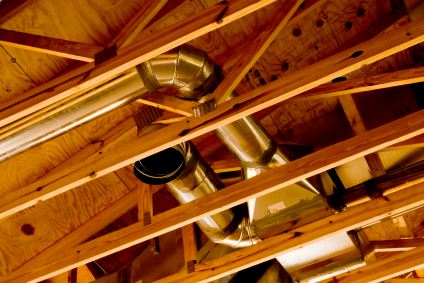
In general, ductless ACs are easy to install because:
- The process is quick and non-intrusive
- They have placement flexibility
Quick & Non-Intrusive Process
Not needing to install ductwork is a huge bonus if you’re buying an older house that doesn’t already have a system in place or if your current ductwork system cannot accommodate your air conditioner. You can skip out on spending thousands of dollars to install new or modified ducts.
Ductwork installation or modification can be intrusive and take several days. In contrast, ductless ACs only need holes drilled large enough for the system’s refrigerant lines to pass through to each indoor unit.
Placement Flexibility
Ductless ACs offer much more flexibility in placement than a central AC because they’re less bulky and don’t require cutting holes into your walls.
You can install a ductless AC in various locations, like on the ceiling, wall, or floorboards. Also, since they’re relatively small and non-invasive, you can easily obscure them and make them less of an eyesore than a central AC.
Ready to Install a Ductless AC? Hire A Trusted Texas HVAC Contractor: Reliable Air.
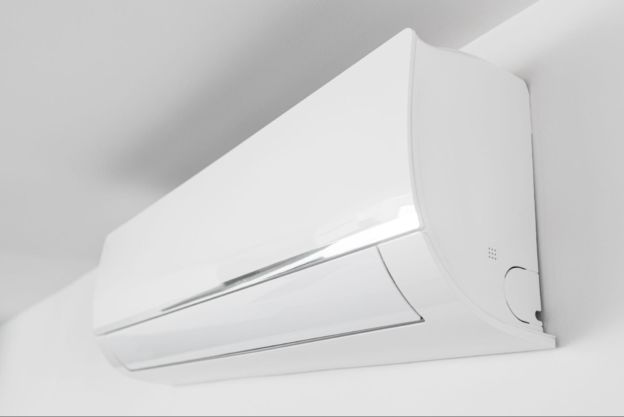
When you need a ductless AC installation, you want to hire a company that will do high-quality work—the first time around. For over 20 years, Texans have relied on Reliable Air to get the job done.
We continuously train our HVAC technicians and have a staff that stays with us for ten years on average. When you book us, you’ll always hear a familiar voice on the phone or see a friendly face at your door.
Call us at (512) 580-8837 or contact us for a free in-home estimate. (We also provide flexible financing options to help make your ductless AC installation more affordable).

